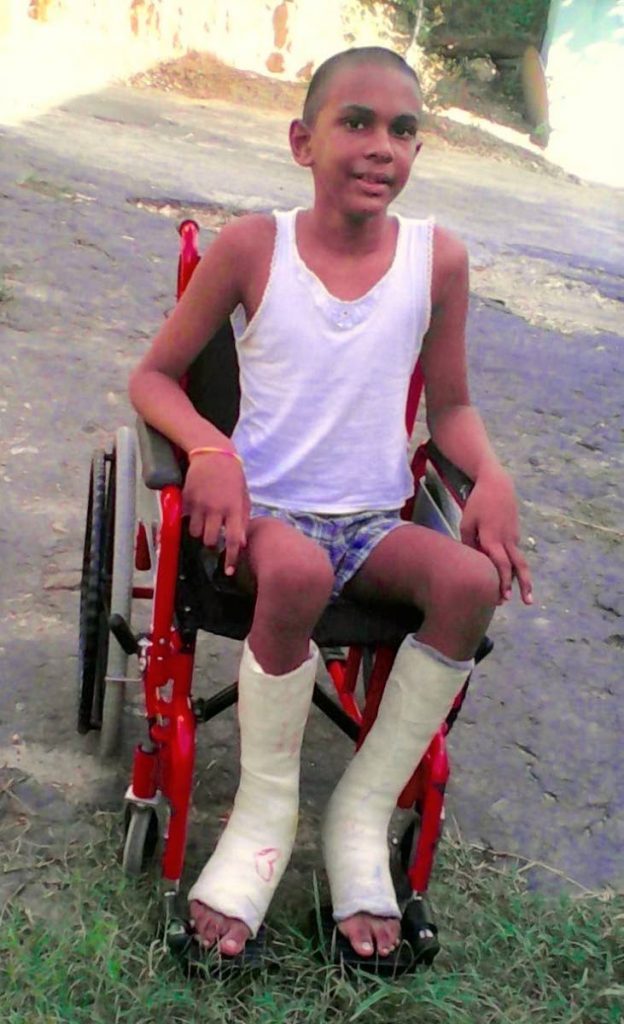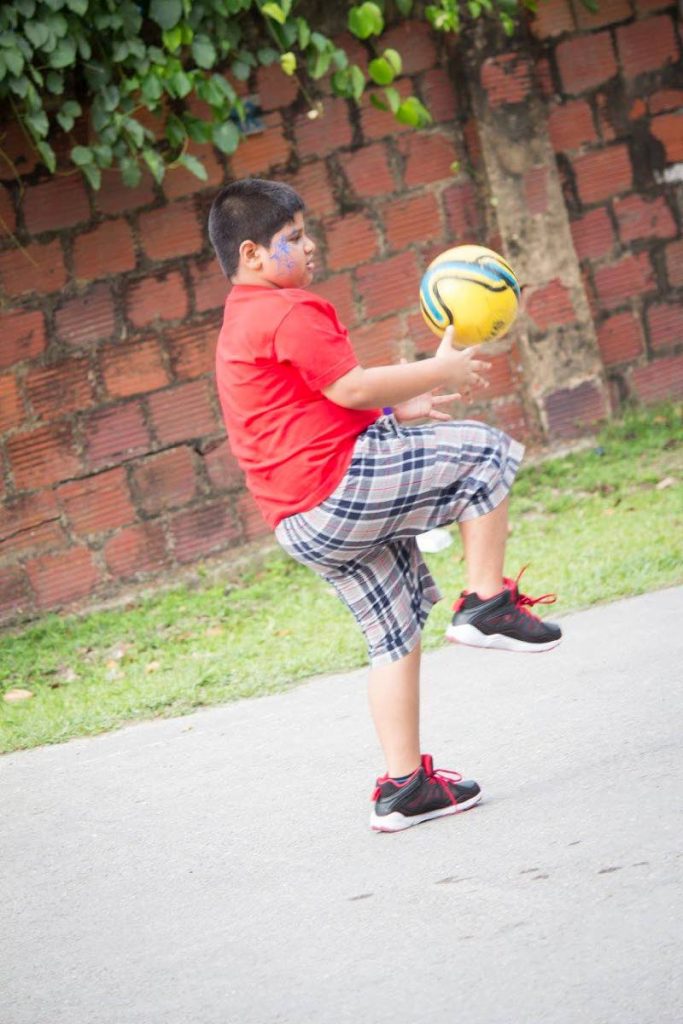What disability inclusion looks like

Dr RADICA MAHASE
Fifteen per cent of the total world population, that is, approximately 1 billion people, have a disability. Of this number, 80 per cent live in developing countries.
The UN Convention on the Rights of Persons with Disabilities notes that, “States Parties to the present Convention recognize the equal right of all persons with disabilities to live in the community, with choices equal to others, and shall take effective and appropriate measures to facilitate full enjoyment by persons with disabilities of this right and their full inclusion and participation in the community….”
The convention lists various ways in which inclusion can be facilitated, such as access to accommodation, personal mobility, education, employment and so on.
On September 27, 2007, Trinidad and Tobago became a signatory to the Convention on the Rights of Persons with Disabilities. By signing this treaty, TT therefore indicated its “intention to take steps to be bound by the treaty at a later date.” When TT ratified the treaty on June 25, 2015 it meant that we became legally bound to implement the terms of the Convention on the Rights of Persons with Disabilities. Simply put, it means that TT is responsible for implementing policies and actions that would facilitate inclusion of people with disabilities in our country.
The US Centers for Disease Control and Prevention define disability inclusion as “Including people with disabilities in everyday activities and encouraging them to have roles similar to their peers who do not have a disability.”

On one level it starts with legislation and the development of policies and action plans to ensure that people with disabilities have equal access to education, employment, accommodation, etc. And if these are effective, if inclusion is more than some grand idea on a piece of paper in a government’s office, then disability inclusion can take many faces in TT.
It can mean parents not having to beg or bribe a school principal to enrol their child in a public primary school. It means not having to pull strings to get your child accepted into a school.
It means having people with disabilities sharing a common workspace – not the token one or two people just to make it appear they also have access to employment opportunities. It means a wheelchair user having access to all buildings because owners and contractors are actually following building codes.
Inclusion means pulling up in the car part of a public mall and finding the wheelchair parking space actually being used by wheelchair users. It means that when someone wrongly parks in a wheelchair parking spot, they automatically feel guilty because they understand that that spot should be left empty for someone who actually needs the space to offload a wheelchair. It means businesses not using wheelchair parking spots for curbside pick-up. It means making wheelchair parking spots wide enough, not just putting a sign on a regular parking spot and calling it wheelchair parking.
Inclusion means being able to take your child outside, in a public space and people not acting like they are seeing a person with disabilities for the first time in their life, because they have been educated about disabilities. Inclusion means hearing, seeing and interacting with people with disabilities in your everyday life – it is the norm rather than the exception.
Inclusion is knowing that every aspect of our society/country caters to those with disabilities, not that they have to be treated in a special manner or special considerations have to be made for them. It means taking their needs into consideration on a daily basis, so much so that it is just another aspect of our lifestyle.
Inclusion means making close captions and sign language a regular aspect of all government news conferences as well as main programmes such as news reports on mainstream television. Inclusion means having menus in Braille format at restaurants and customer care representatives at financial institutions, government offices and major businesses who know sign language.
It can also mean making people with disability a major part of the conversation on disability policies so that their voices can be heard and they can determine what they need to be truly included in our country. When inclusion becomes a reality, people with disabilities will become more visible, will be able to participate fully at all levels of society and will be able to contribute to our national development. Inclusion means making disability an everyday part of TT's lifestyle.
Radica Mahase is the founder/director of Support Autism T&T


Comments
"What disability inclusion looks like"